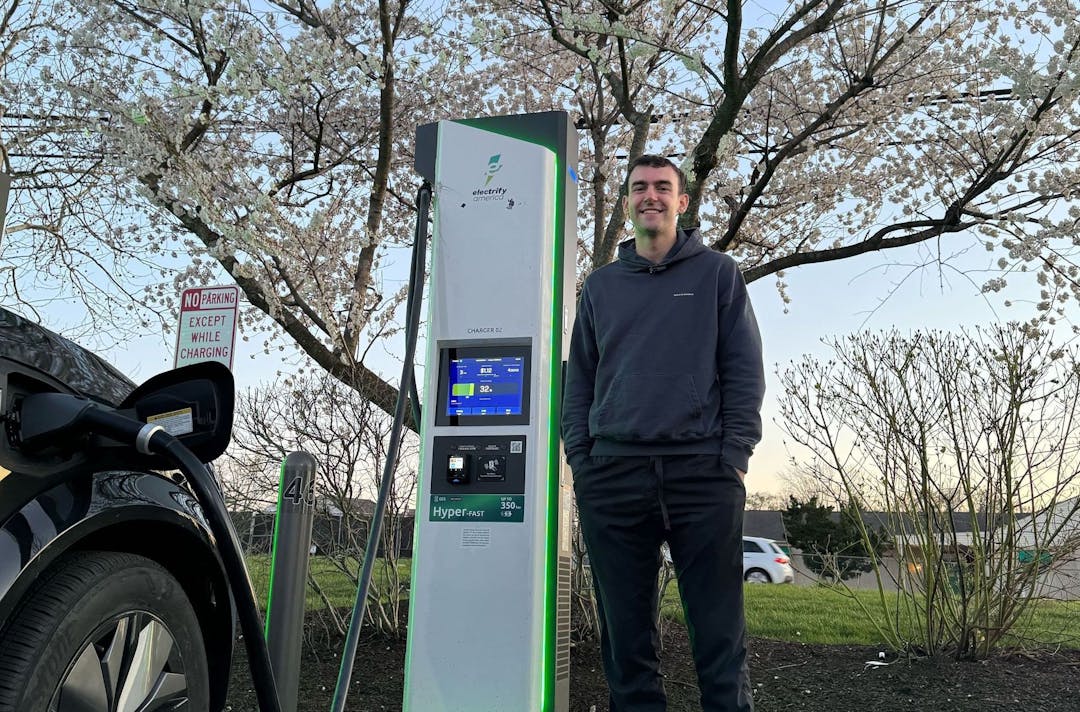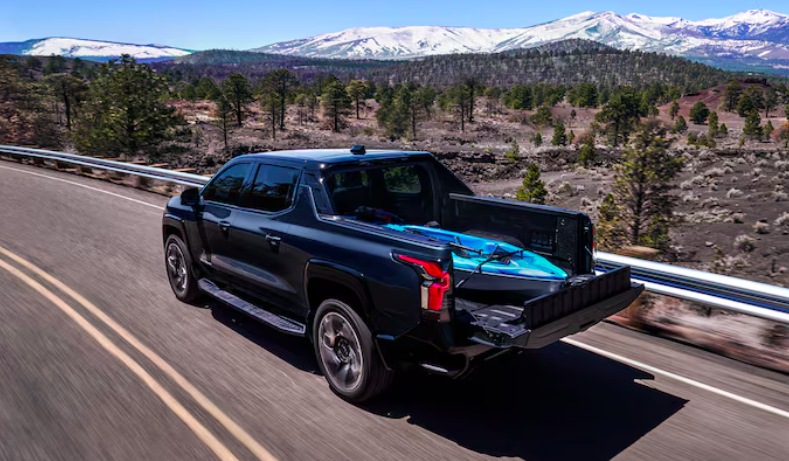Published date: October 19, 2022
Ultimate Guide: Level 2 Charging Commonly Asked Questions
Ultimate Guide: Level 2 Charging Commonly Asked Questions
While EV chargers all share the same purpose of supplying electricity to your vehicle’s battery, there are a variety of nice-to-haves and must-haves any EV driver should be aware of.

Level 2 EV chargers differ in the following ways:
What amperage do I need?
Your car has an onboard charger that can receive electricity at a certain amperage. That metric also defines at what speed you will be able to charge your vehicle.
Typically residential home EV chargers are 16A, 24A, 32A, 40A or 48A. The higher the amperage the faster the charge. Some of the chargers, including Grizzl-E Smart charger can be adjusted to a maximum output of 16, 24A, 32A or 40A.
With the common 40A charger you would be able to reach 9.4kW power, and it would take less than 5 hours to charge your Ford Mach E (SR AWD) from 20% to 80%.
What are the power requirements for the breaker?
The National Electrical Code has a special safety requirement for the breaker to have higher amperage than the charger. It is called the 25% rule. In a nutshell, it means an electrician should install a breaker that has 25% more amps than the charger.
- 16A charger - 20A breaker
- 24A charger - 30A breaker
- 32A charger - 40A breaker
- 40A charger - 50A breaker
- 48A charger - 60A breaker
What wire size should I choose for my EV charger installation?
It is also important that an electrician chooses the right wire size for the installation. To install a NEMA 14-50 outlet for your 40A charger, an 8 gauge cable is required. However, a hardwired installation of a 48A charger requires a 6 gauge cable which is more expensive than an 8 gauge alternative.
What is the EV charger plug type for my electric vehicle?
The majority of electric vehicles in the US use an SAE J1772 connector as a standard. This is maintained by SAE International under the formal title “SAE Surface Vehicle Recommended Practice J1772, SAE Electric Vehicle Conductive Charge Coupler”.
However, Tesla has its own plug. However, if you have a charger with a J1772 connector, you can use a special adaptor, compatible with most Level 2 home or public charging stations. The Tesla J1772 Adaptor supports charging speeds up to 19.2kW.
What is the average length of an EV charging cable?
There is no standard for the charging cable length, although 20+ feet is commonly considered the average. In most cases it is not advised to use any extensions. If you want your charger to be installed outside on an exterior wall, and 20+ feet is not enough, you might be advised to install a charger on a pedestal, closer to your vehicle’s parking place.
Should my EV charger be hardwired or plugged into an installed outlet?
Electric vehicle chargers can be either plugged into the outlet next to a charger or hardwired. Hardwiring means that the charger has a cable that goes directly to the electrical panel. This mostly depends on the charger and its amperage. A charger of 40A or less usually plugs into an outlet. Common outlets are NEMA 14-50 and NEMA 6-50. A hardwired installation is more common for charging at 48A and over.
Some people prefer a 40A charger over a 48A hardwired charger installation because of three main factors:
- A non-hardwired charger can be unplugged at any time
- It is easier to replace a non-hardwired charger
- An installation of a non-hardwired charger 40A vs. a hardwired 48 charger installation is cheaper, because it uses 8 gauge cable instead of 6 gauge cable which is more expensive.
Do I need a smart charger?
People also divide chargers into smart and dumb. A smart charger is a charger that has a built-in connectivity device which can be connected to the internet through WiFi, 4G, Bluetooth, or Ethernet (some chargers are WiFi only, or WiFi and 4G only).
Therefore, the full benefit of a smart charger can be utilized if it can be connected to the Internet. An Internet connection is required to access the charger using Open Charging Point Protocol (OCPP) and to operate it through any software. Most charger management applications allow you to control the charger via your mobile phone, set charging timers and use a number of other features.
Dumb chargers have no connectivity. Even though they are considerably cheaper, you will not be able to control your dumb charger and apply smart features that most EV drivers enjoy.
Indoor charging vs. outdoor charging
It is as safe to charge your car outdoors as it is indoors. Although for outdoor charging, you should read your charger’s technical specifications to be sure that its base is water-resistant, and it can be operated in a temperature range of at least 22F to 122F, or whatever temperatures are needed based on your home.
Other safety features
All other safety features should be taken into account for EV charging as well.
Take our 3-minute survey to receive an estimate of the cost to make your home EV-ready.
Lectrium is here to help answer any more of these questions in detail and craft the perfect solution for your home charging needs. Email peter@lectrium.com or camila@lectrium.com to find the perfect solution for you, or just to ask any question you may have about EV charging.
Subscribe for more EV news
Get our free, 5 min weekly newsletter. Read by 2,000+ people curious about Electric Vehicles

